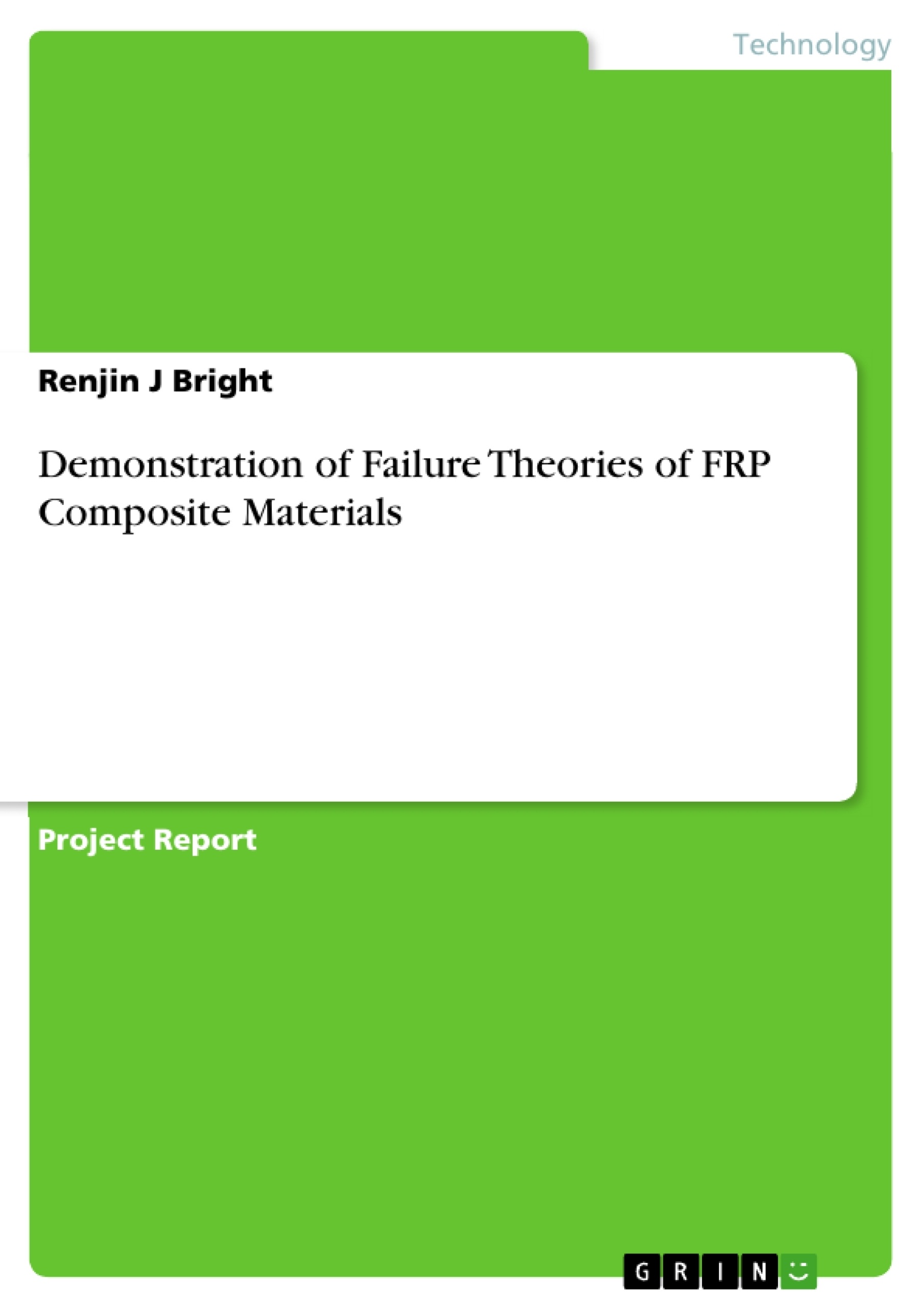One of the challenges to overcome for achieving higher efficiencies with composite materials is the development of more accurate failure criteria. Development of new failure criteria requires deep insight into the existing failure theories. This work provides a brief outlook on the existing failure criteria such as Tsai-Hill, Tsai-Wu, Hashin-Rotem, Hashin, Rotem, Edge, Sun and Puck. The failure predictability of these failure criteria have been assessed by comparing with the commonly used failure criteria such as Maximum Stress and Maximum strain criteria and experimental data.
For this purpose failure envelopes have been generated, considering the case of a wind turbine blade. For constructing failure envelopes C++ programs have been written. In connection with the above analysis software with two modules using Visual Basic as front end and Microsoft Access as back end has been developed. First module of this software is meant for generating lamina failure envelopes using the above mentioned failure criteria. It also has the facility of comparing these failure criteria with commonly used failure criteria such as Maximum Stress and Maximum Strain failure criteria and experimental data. Second module of this software deals with the failure analysis of composite laminate by evaluating the resulting stresses and failure indices using the above mentioned failure criteria.
An attempt has also been made to evaluate the resulting stress and failure indices for a balanced and symmetric quasi-isotropic (0°/ ± 45°/90°) composite laminate, by means of Finite Element Analysis using the software ANSYS. The results obtained were compared with that obtained from the software developed and theoretical approaches. Composite laminate failure analysis has also been made by performing laminate progressive failure analysis, considering a balanced and symmetric (90°/ ± 30°/90°) laminate. For constructing failure envelopes specially developed C++ programs have been used.
Frequently asked questions
What is this document about?
This document is a comprehensive language preview intended solely for academic use, analyzing themes in a structured and professional manner.
What does this language preview include?
The language preview includes the title, table of contents, objectives and key themes, chapter summaries, and key words.
Is this text intended for commercial use?
No, the texts are obtained from a publishing company and contain OCR data intended solely for academic use.
What kind of analysis can be done with this data?
The data is intended for analyzing themes in a structured and professional manner.
What does a comprehensive language preview contain?
It contains elements such as a title, table of contents, objectives, key themes, chapter summaries, and key words.
- Quote paper
- Renjin J Bright (Author), 2018, Demonstration of Failure Theories of FRP Composite Materials, Munich, GRIN Verlag, https://www.grin.com/document/425088



